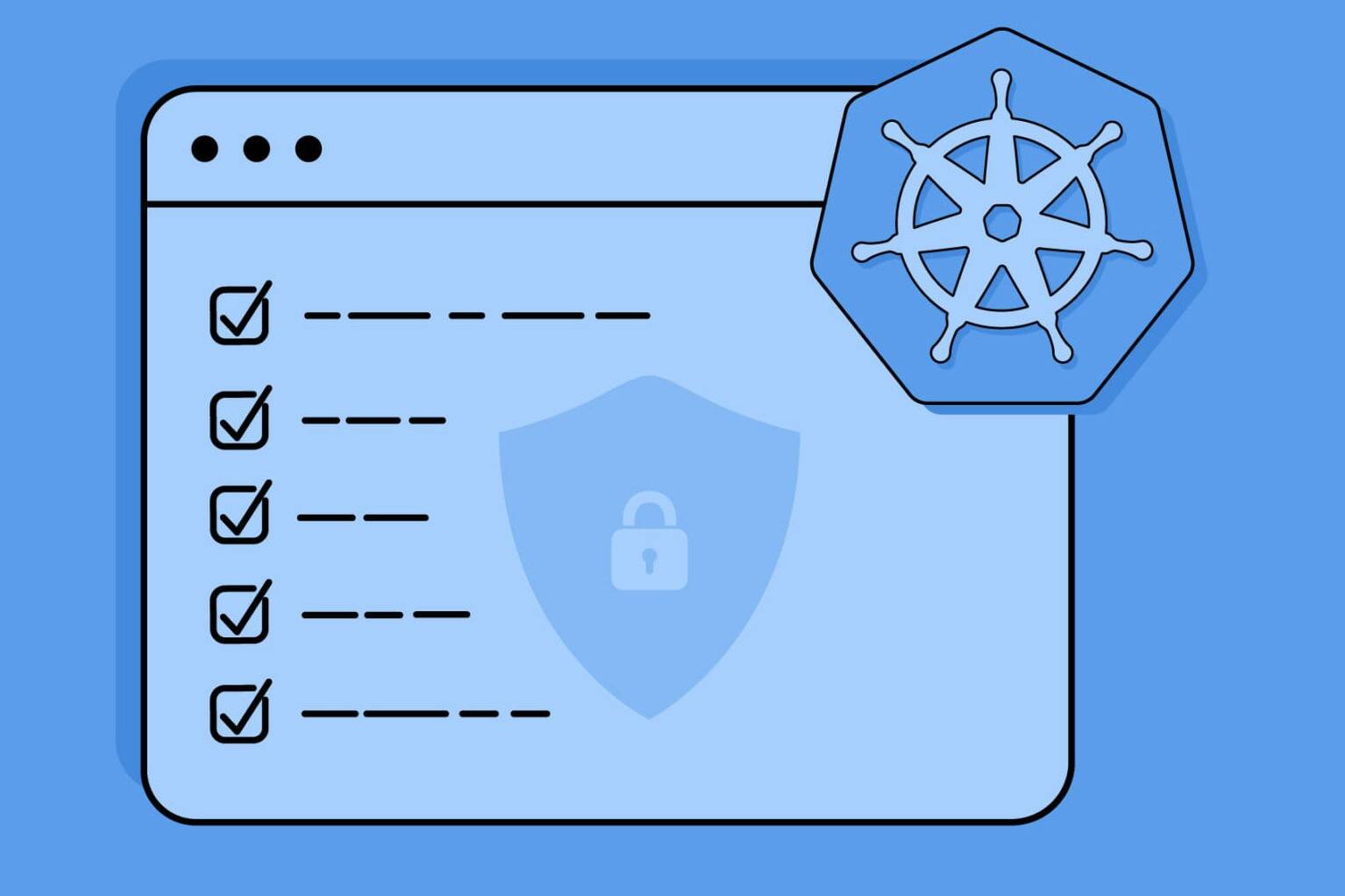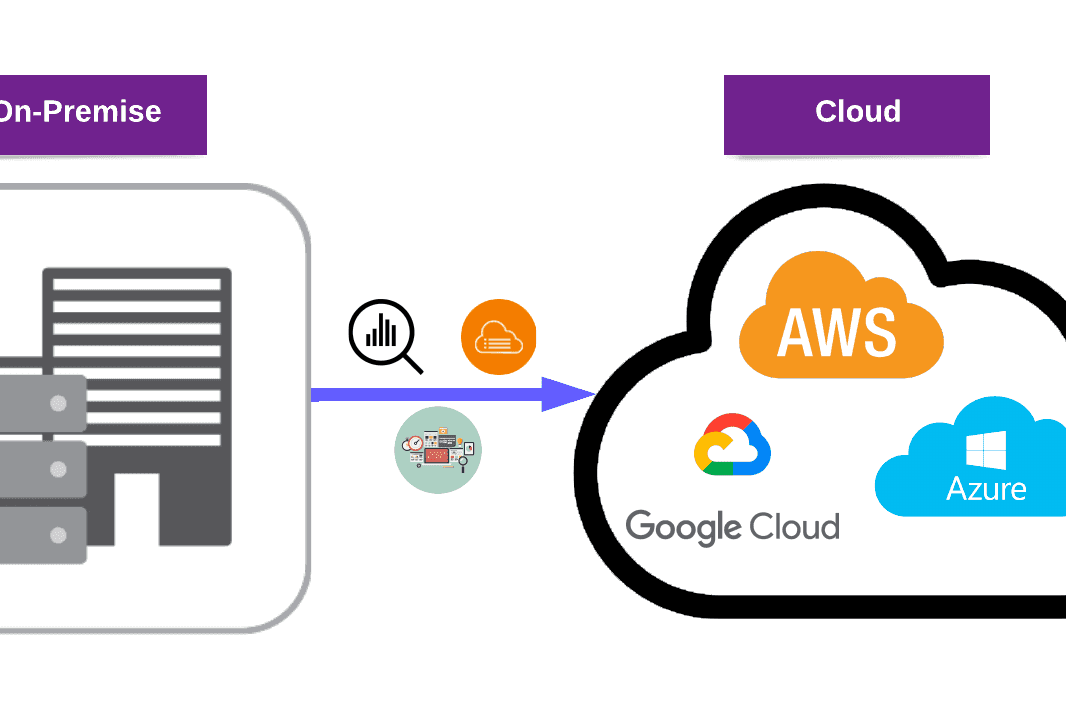Although the pandemic is now dying down, it has changed our lives in many ways. We now work remotely, attend classes from home, and frequently shop online instead of going to the mall.
As a result, we often connect to our personal network instead of a secure corporate network. Have you ever thought about how these changes affect your computer’s security?
In this blog post, we will discuss endpoints and how to secure them.
1. What is considered an Endpoint?
An endpoint is a remote computing device that communicates back and forth with a network or the internet. In other words, if a device is connected to a network, it is considered an endpoint.
Endpoints can range from commonly thought of devices such as:
- Laptops
- Tablets
- Mobile devices
- Smartwatches
- Printers
- Servers
- ATMs
- Medical devices
- Other devices that communicate with the central network
The popularity of “Bring your own device” (BYOD) and “Internet of Things” (IoT) has led to a rapid increase in the number of individual devices connected to an organization’s network. However, these endpoints can serve as entry points for threats and malware, making them easy targets for attacks.
Mobile endpoint devices, which include wearable devices, smartwatches, digital assistants like Alexa, and other IoT-enabled smart devices, have become much more than just phones. We now have network-connected sensors in our cars, airplanes, hospitals, and almost every other place you can think of. These endpoints serve as access points to an enterprise network and create points of entry that can be exploited by malicious actors.
Security solutions for endpoints need to adapt as the different types of endpoints are evolving and expanding.
2. What is Endpoint Security?
Endpoint security, also known as endpoint protection, refers to securing endpoints or entry points, specifically end-user devices such as desktops, laptops, and mobile devices.
Endpoint security software aims to provide comprehensive protection to endpoints on a network or in the cloud from cybersecurity threats. It has evolved from traditional antivirus software.
Organizations of all sizes are at risk from various types of attacks, organized crime, cybersecurity threats, and malicious or accidental insider threats. Companies that secure their endpoints can maintain greater control over access points. Endpoint security is often seen as the frontline of cybersecurity and represents one of the first places organizations look to secure their enterprise networks.
As cybersecurity threats become more common and sophisticated, more advanced endpoint security solutions have become a necessity.
As cybersecurity threats become more common and sophisticated, more advanced endpoint security solutions have become a necessity. Most endpoint protection systems that are popular today are designed to quickly detect, analyze, block, and contain attacks in progress. To do this, they need to collaborate with various security technologies and give administrators visibility.
Advanced threats need to be quickly detected and reported to administrators, and the response time for remediation should be as low as possible.
3. Why is Endpoint Security Important?
In today’s business world, a company’s most valuable asset is its data. Losing access to that data or losing the data itself weakens the entire business.
To make access to data more accessible, enterprises and their employees are incorporating practices such as BYOD. However, this also increases the risk of attackers targeting mobile devices and networks, creating endpoint vulnerabilities.
Furthermore, employees now frequently work from home or connect to Wi-Fi networks while on the go. Due to the pandemic, the number of endpoints has increased significantly. In 2020, most workers in the US worked remotely, and as of April 2021, over half were still doing so.
Unprotected endpoints can pose risks and compromise sensitive data. Thus, it is crucial to have strong protection measures in place.
In the past, most security breaches occurred via the network. Nowadays, threats are increasingly coming from endpoints, and relying solely on centralized network protection is no longer sufficient.
Security measures must have control over access points and prevent vulnerabilities that can arise through remote devices.
These factors alone imply the importance of enterprise endpoint. Aside from them, it must be noted that the threat landscape is becoming more complicated.
Hackers are coming up with new ways to gain access and take over resources, steal information, or manipulate employees into sharing sensitive information. Every remote endpoint can easily become an attack surface, and businesses of all sizes are attractive targets for cyber attacks.
4. Common Components of Endpoint Security
To simplify, endpoint security software typically includes the following key components:
- Machine learning classification to detect threats in real-time
- Advanced anti-malware and antivirus protection to detect, protect, and quarantine malware across multiple endpoint devices and operating systems
- Proactive web security to provide safe browsing
- Data loss prevention methods to prevent data loss and exfiltration
- Integrated firewall
- E-mail gateway to block phishing and social engineering attempts targeting employees
- Insider threat protection to protect the endpoints against unintentional but potentially malicious actions
- Centralized endpoint management platform to give admins increased visibility and simplify the management process
- Disk encryption to further protect the data
Further digging into the topic, endpoint security tools that provide continuous breach prevention must integrate the following fundamental elements.
a. Prevention
Traditional antivirus solutions are insufficient for endpoint protection. They operate by comparing malicious signatures, such as bits of code, to an up-to-date database. However, since these databases only get updated when a new malware signature is identified, these systems detect less than half of all attacks.
The primary issue with this approach is that any malware that hasn’t been identified yet will not be found in the database. The time it takes for a piece of malware to be released into the world and the time it becomes identifiable by traditional antivirus solutions are different.
To bridge this gap, next-generation antivirus solutions use more advanced technologies, such as AI and machine learning. They identify new malware by examining more elements, like file hashes, URLs, and IP addresses. This helps endpoint management software detect threats that traditional antivirus solutions might miss.
b. Detection
Prevention alone is insufficient to maintain endpoint security. Software defenses are not infallible, and some attacks will inevitably penetrate the network. The conventional security approach does not respond quickly enough in such cases.
This leaves attackers free to wander inside an environment for days, weeks, or maybe even longer. Businesses need a solution to react to these attacks faster by finding and removing attackers quickly.
To respond to such attackers quickly, an Endpoint Detection and Response (EDR) solution is needed. EDR provides continuous and reliable visibility into endpoints in real-time. Businesses should look for solutions that offer advanced threat detection and investigation.
The Qualys EDR module is a good candidate.
c. Managed Threat Hunting
Automation cannot detect all attacks. The expertise of security professionals is necessary to identify potential false positives and detect sophisticated attacks.
Managed threat hunting is conducted by teams that include those professionals. Using old incidents and crowd-sourced data, the responsible team guides us on how to detect malicious activity and respond to it.
d. Threat Intelligence Integration
Threats in the cybersecurity world are always evolving. To keep up with attackers, businesses need to understand threats as they evolve. To fend off sophisticated threats that move quickly and quietly, security teams must have strong defenses to prevent, detect, and respond to them.
A typical threat intelligence integration solution incorporates automation to investigate all incidents and uses them to gain knowledge. It generates custom indicators directly from the endpoints; and uses them to react proactively against future attacks.
The human element for threat intelligence integration consists of expert security researchers, threat analysts, cultural experts, and linguists. By including such a team, it is possible to interpret emerging threats in a variety of contexts.
5. How Does Endpoint Security Work
Endpoint security is the practice of guarding the data and workflows associated with the devices that connect to a managed network. The terms endpoint protection, endpoint security, and endpoint protection platform describe the security solutions with central solutions.
Endpoint protection platforms protect endpoints like:
- Servers,
- Workstations,
- Mobile devices,
- And workloads from cybersecurity threats.
Endpoint protection solutions work by examining files, processes, and system activity, and using them to find suspicious or malicious behavior.
The platforms provide a centralized console, which is installed on a network gateway or server and allows controlling each device remotely. Client software is assigned to each endpoint. It can be delivered remotely or can be installed directly on the device.
Once the setup is completed, the client software can be used to push updates to endpoints, authenticate log-in attempts from each device, and assign corporate policies.
Through application control, applications that are unsafe or unauthorized can be blocked. Through encryption, data loss can be prevented.
3 Approaches to Endpoint Protection Solutions
Endpoint protection solutions can be examined in three categories:
- Traditional approach,
- Hybrid approach,
- Cloud-based model.
While cloud-based products are more scalable and can easily integrate with your architecture, certain regulatory/compliance rules may require on-premises security.
#1: Traditional approach: It describes on-premises security posture. It relies on a locally hosted data center. The data center acts as the hub for the management console, and the hub reaches out to the endpoints through an agent to provide security.
In this model, administrators can only manage endpoints within the reach of the hub.
#2: Hybrid approach: With the increase in the “work from home” model, the use of stationary desktop devices significantly decreased for many organizations. Along with the globalization of workforces, the limitations of the on-premises approach have come to light.
As a result, some endpoint protection solution platforms have shifted to a hybrid approach. This approach takes a legacy architecture design and makes changes to it for the purpose of giving it some cloud capabilities.
#3: Cloud-based approach: In this model, administrators can remotely monitor and manage endpoints using a centralized management console. The console uses the cloud to connect to devices remotely through an agent on them.
The agent can work independently to provide security for the endpoint while it’s offline.
Modern platforms are often cloud-based, and using a cloud helps them to hold a large, growing database of threat information. As a result, endpoints do not have to store all this information locally and keep it up to date.
Storing this data in the cloud allows greater speed and scalability.
6. How enterprise endpoint protection differs from consumer endpoint protection
The differences between enterprise and personal endpoint protection can be summarized with the following bullet points:
| Enterprise Endpoint Security Protection | Consumer Endpoint Security Protection |
|---|---|
| Better at managing a collection of endpoints | Manages a small number of single-user endpoints |
| Comes with central management hub software | Endpoints need to be set up and configured individually |
| Provides remote administration capabilities | Does not require remote management |
| Endpoint protection on devices can be configured remotely | Endpoint protection is configured directly on the device |
| Deploys patches and updates to all relevant endpoints | Automatic updates for each device needs to be enabled by the user |
| Requires different levels of permissions depending on the level of control | Uses administrative permissions |
| Can be used to monitor employee devices, activity, and behavior | Activity and behavior monitoring limited to the user |
7. Endpoint Security Solutions (Azure Intune, Datto, etc.)
There are loads of software and services that offer endpoint platforms. The ultimate choice depends on the company size, the endpoint count, and resource restrictions.
As PurpleBox, we provide Endpoint Security services in partnership with Qualys, Datto RMM, and Microsoft Endpoint Manager.
Qualys:
Qualys can be integrated with PCs, laptops, tablets, smartphones, and IoT devices. It gives the admin continuous, real-time visibility into all endpoints.
Some of the useful functionalities of Qualys are:
- Discovers and inventories endpoints,
- It shows hardware specs of endpoints, installed software, locations, users, vulnerabilities, exploits, and misconfigurations,
- It allows remote patching and remediation prioritization,
- It finds and addresses vulnerabilities,
- It detects malware,
- It automatically detects suspicious activity and ensures advanced attacks and breaches are stopped,
- It involves threat hunting and real-time forensics,
- It allows us to respond to and remediate incidents in real-time.
Equipped with Qualys, we can secure our endpoints, and comply with policies and regulations.
Datto RMM:
RMM stands for Remote Monitoring and Management. These are software tools that are used by IT service providers to remotely manage all their client’s infrastructure. Datto RMM is a fully-featured, secure, cloud-based platform.
It includes the Endpoint Platform essentials, allowing us to remotely secure, monitor, manage, and support endpoints. Offering centralizing management of all endpoints, including those hosted on cloud platforms. Datto allows cost optimization and increased delivery efficiency.
Datto is equipped with:
- Automated patch management to deliver policy-based patch management to keep endpoints secure from the latest threats,
- Monitoring, automation, and scripting, including third-party validated Ransomware Detection that monitors for and reduces the impact of ransomware,
- Remote support that can be reached with a single click.
Microsoft Endpoint Manager:
Microsoft Endpoint Manager, formerly known as Intune, is a flexible, cloud-based endpoint management tool. Intune gives the admins full control, allowing them to deploy policies, manage enrolled devices, and even protect unenrolled devices through integrations.
Intune integrates with Azure Active Directory to control who has access and what they can access. It also integrates with Azure Information Protection for data protection.
It can be used with the Microsoft 365 suite of products. This feature enables people in your organization to be productive on all their devices while keeping your data protected.
With Intune, you can:
- Choose to be completely on the cloud with Intune or be co-managed with Configuration Manager and Intune,
- Set rules and configure settings on personal and organization-owned devices to access data and networks,
- Deploy and authenticate apps on devices,
- Protect your company data by controlling how users access and share information,
- Ensure devices and apps are compliant with your company’s security requirements,
- Support a diverse BYOD ecosystem,
- Enable unified endpoint security with Zero Trust security controls,
- Protect work data with or without device enrollment,
- Optimize user satisfaction with advanced endpoint analytics,
- Get a highly scalable, globally distributed modern management service.
8. Conclusion
In this blog post, we introduced the concept of endpoints and defined endpoint security. With new threats evolving every day, we need automated software that gives us visibility into the security of our endpoints. This visibility is gained with the help of endpoint management software.
We covered the main components which each endpoint management platform must have, and how the software is deployed on our endpoints. Lastly, we took a look at endpoint security solutions.
As PurpleBox, we are here to offer you the best-fitting solution for your organization and keep your endpoints secure. Check out our Endpoint Security services and let’s get started today!


